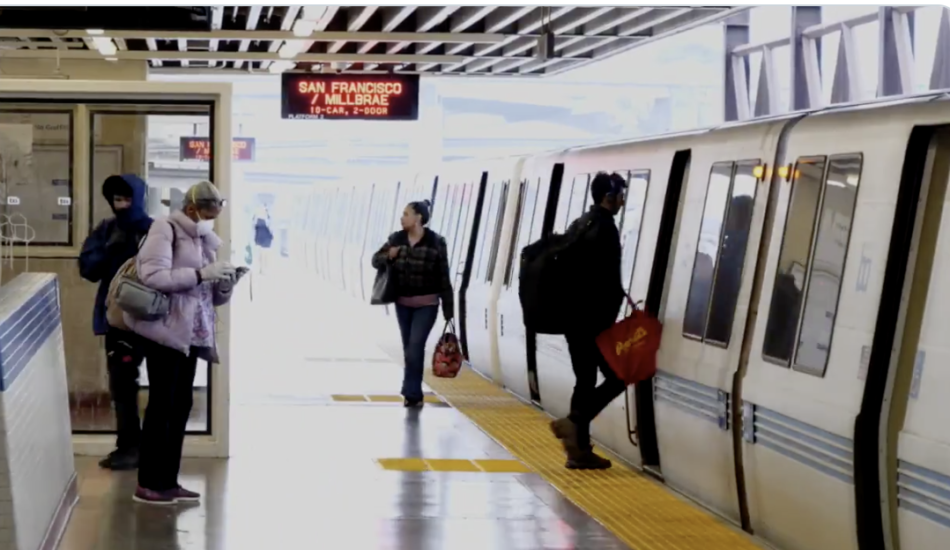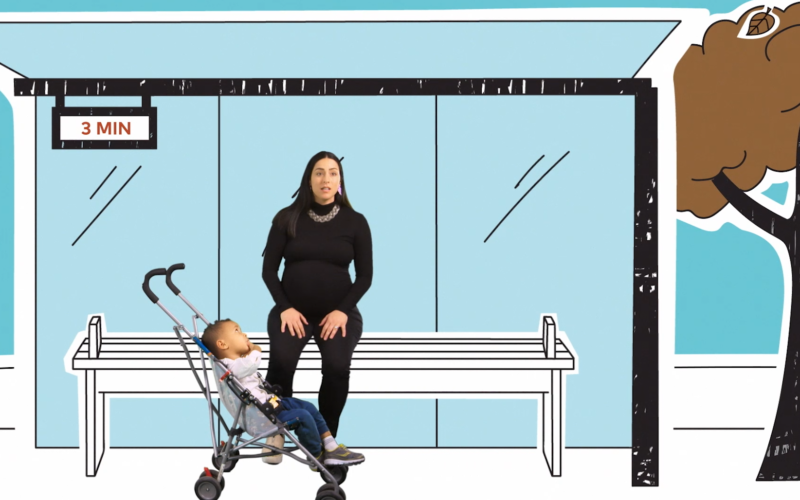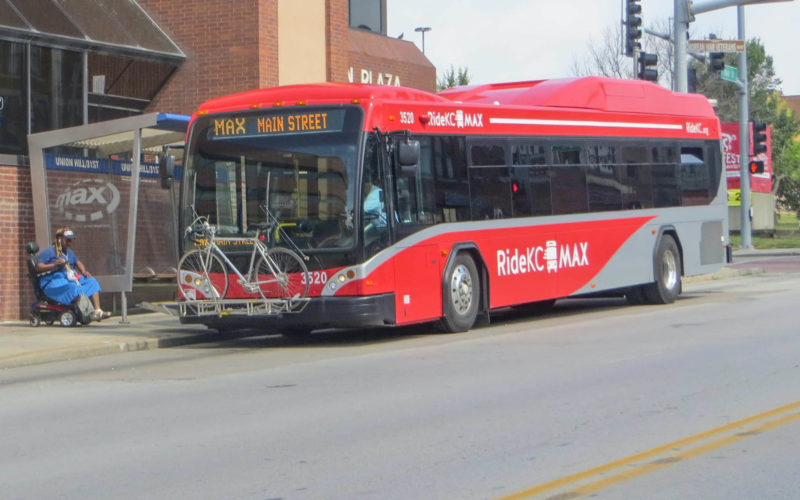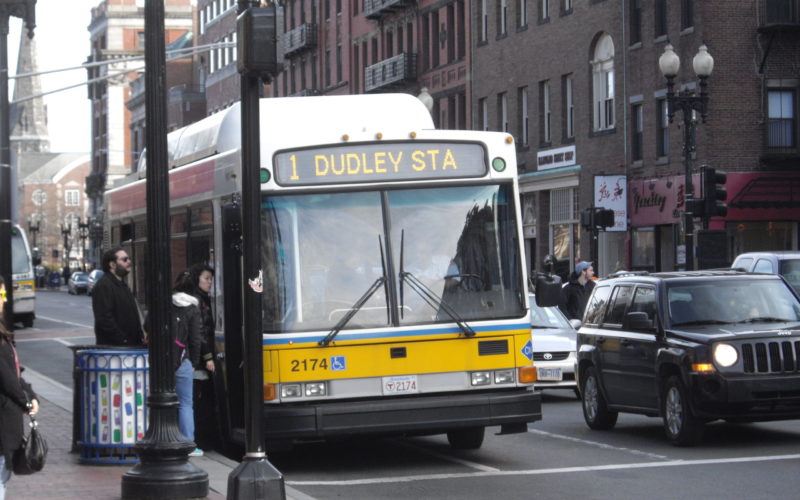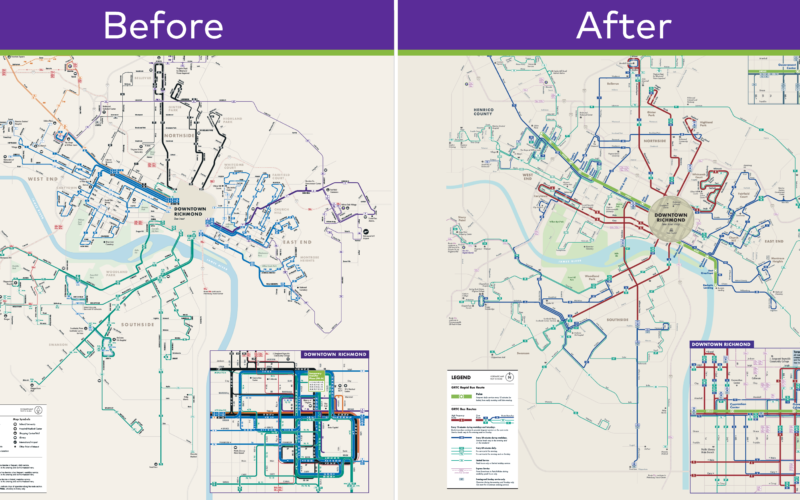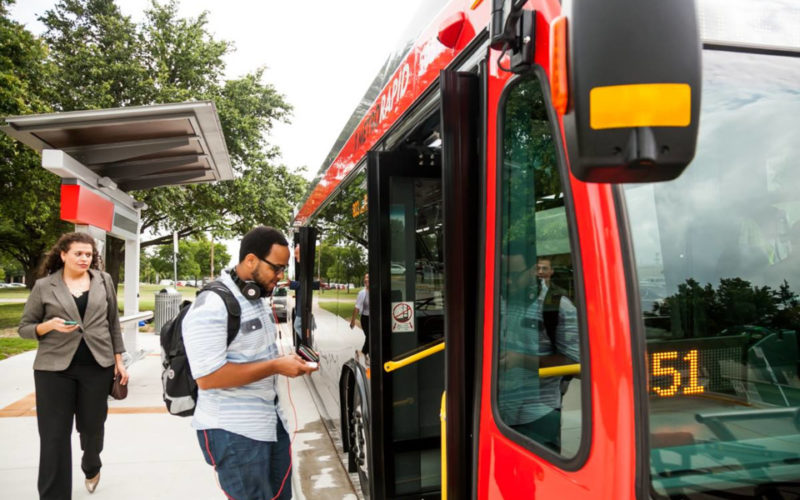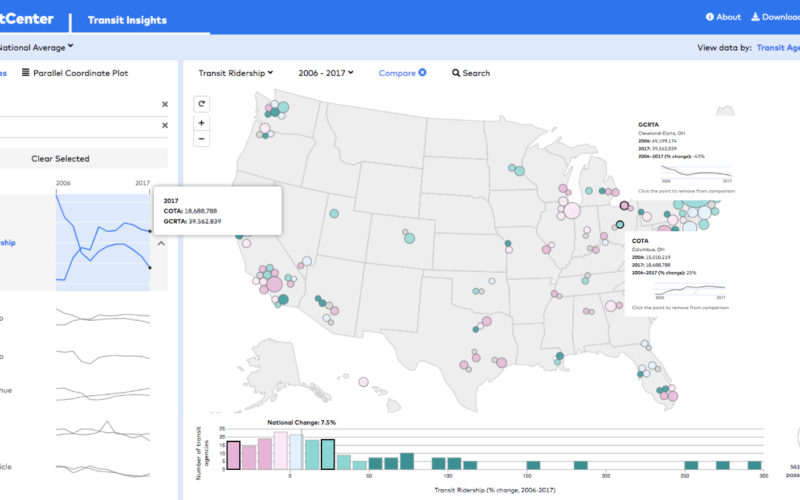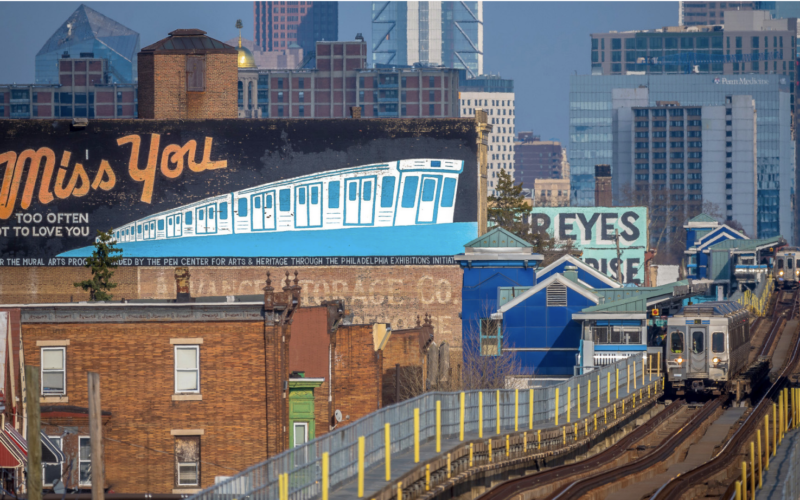Bay Area Rapid Transit's communications around COVID-19 have emerged as an invaluable resource for the media, riders, and elected leaders to learn about the crisis facing transit.
Our latest video shows how simple, affordable, and straightforward changes could make transit a safe and viable option for parents.
Read MoreWhy not go fareless while also working to improve service? The reason is that the household costs imposed by the absence of good transit service stand out as the much more pressing problem to address. Transit in most U.S. cities is so infrequent and unreliable that major service improvements must be priority number one.
Read MoreResearchers at the MBTA have developed a model to examine how spatial, service, and demographic factors affect transit ridership at the neighborhood level.
Read MoreIn Richmond, transit ridership has gone up by 17% following a bus network redesign and the debut of The Pulse, a center-running busway with all-day frequent service on the system's trunk route.
Read MoreThe 2018 ridership numbers for American transit agencies are in.
Read MoreUnderstanding why ridership is rising in some places but not in others is critical to formulating effective transit policy. That's why we've created Transit Insights, a new tool that combines information from the National Transit Database, the U.S. Census, and the route maps at Transit.Land.
Read MoreThe 2018 ridership numbers for American transit agencies are in.
Read MorePublic officials can’t throw up their hands and claim there’s nothing they can do about falling transit ridership. Despite strong headwinds, they can win back riders.
Read More